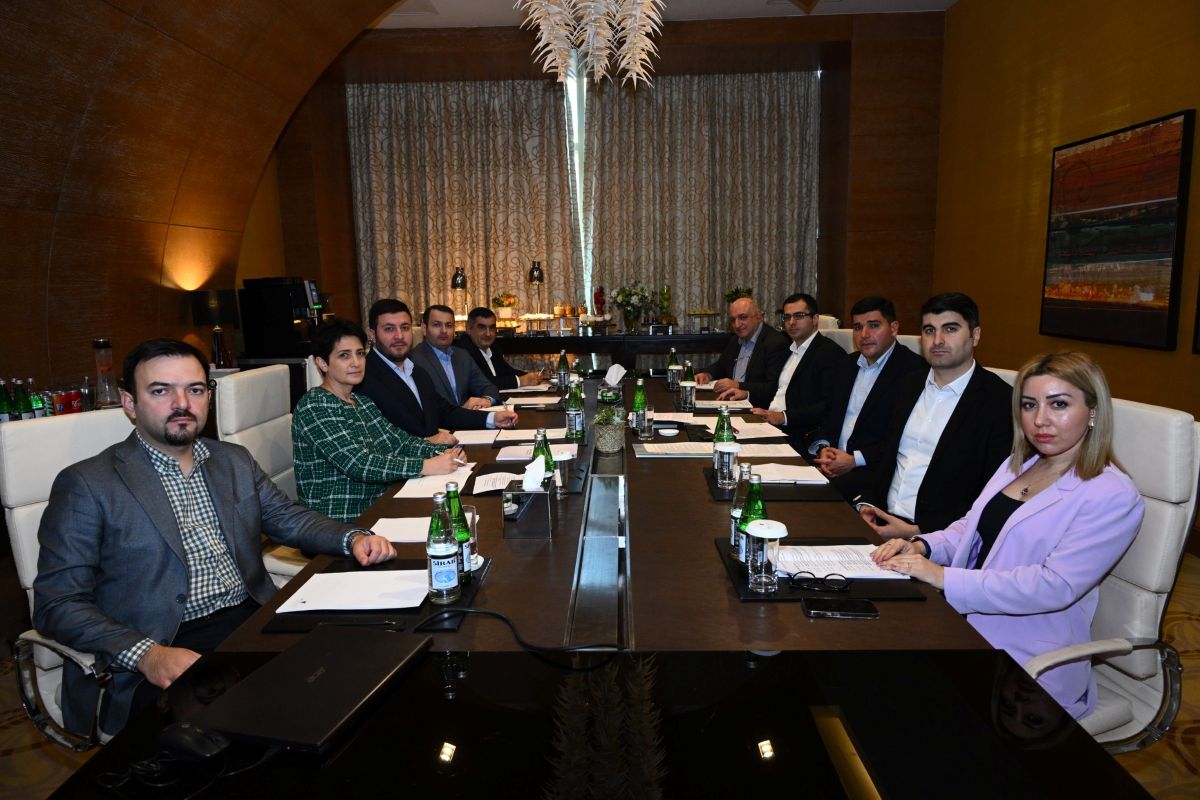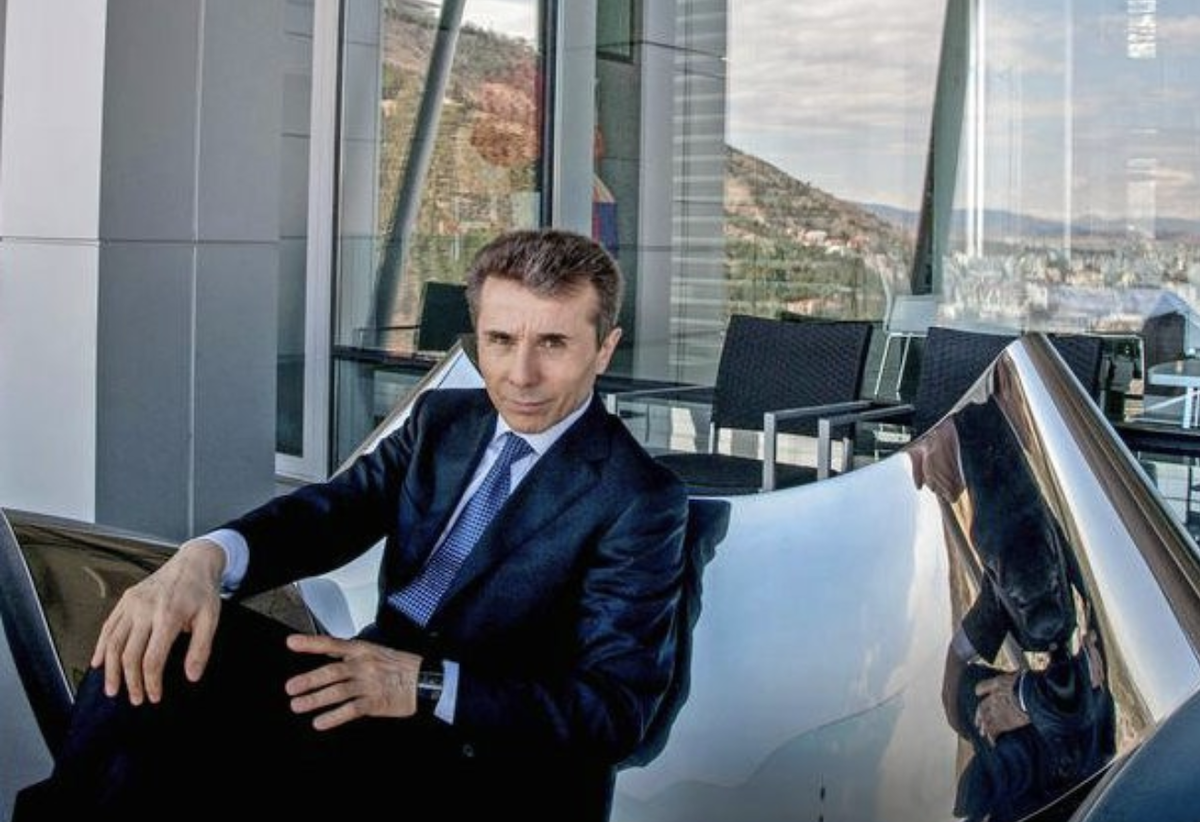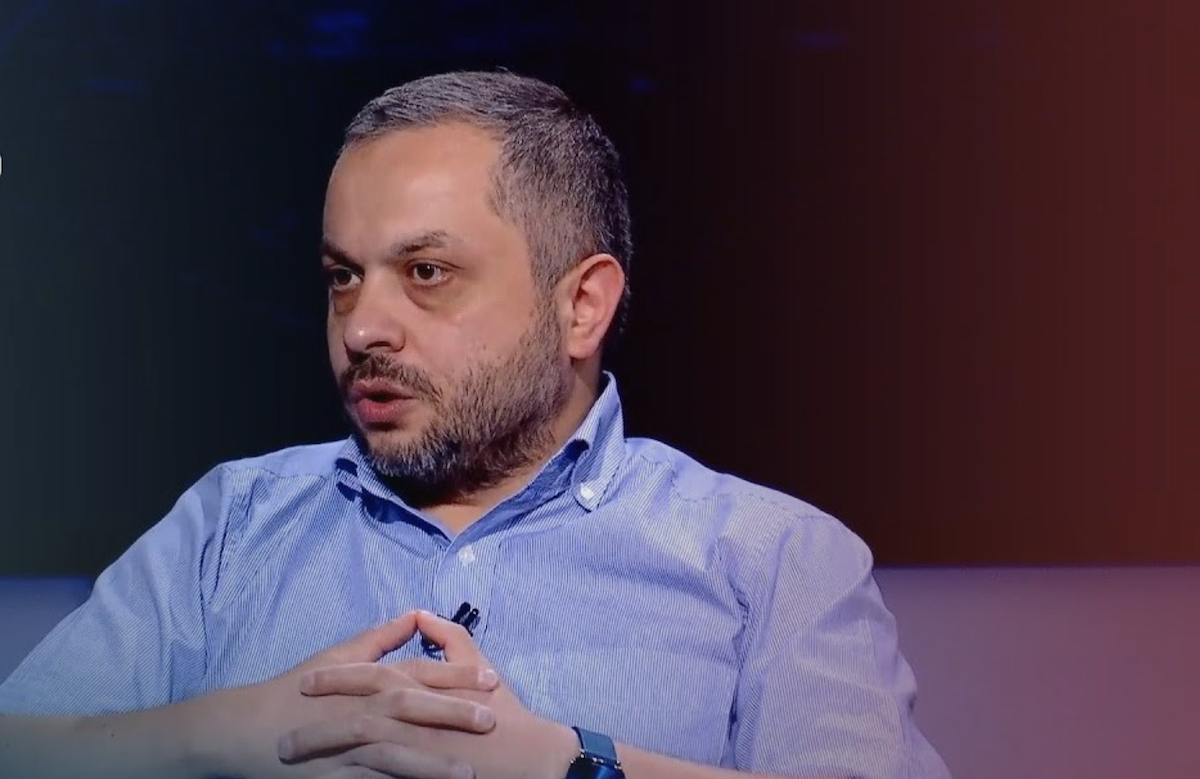Karabakh movement: "From the desire for freedom to its loss"
35th anniversary of the Karabakh movement
Participants in the beginnings of the “Karabakh movement”, which began 35 years ago, are discussing what they saw and how it started. On February 12, 1988, the first rally was held in the Nagorno-Karabakh Autonomous Region. On February 20 an extraordinary session of the Council of People’s Deputies of the NKAR decided to petition the Supreme Soviets of Armenia and Azerbaijan for the transfer of the NKAR to Armenia.
Baku’s response was harsh. On June 13, 1988, the Presidium of the Supreme Soviet of the Azerbaijan SSR categorically refused to “satisfy the request of the Armenian population of Nagorno-Karabakh.” And the Supreme Council of the Armenian SSR, two days after that, gave “consent to the accession of the Nagorno-Karabakh Autonomous Region into the Armenian SSR.” In July 1988 the Council of People’s Deputies of the NKAO announced the “withdrawal of the Nagorno-Karabakh Autonomous Region from the Azerbaijan SSR.”
Ethnic riots broke out in Azerbaijan. A pogrom of Armenians in Sumgayit on February 27-29, 1988, was called by British expert Thomas de Waal “the first outbreak of mass violence in modern Soviet history.” From January 13 to January 20, 1990, pogroms were repeated in Baku. In 1992 the Karabakh war began, the active phase of which lasted two years.
Margarita Karamyan, member of the Karabakh movement in NK
“I started a diary on the second day of the movement – by the day, by the hour. For about a month I wrote down everything that happened. It described all the events: round-the-clock rallies, speeches by the leaders – Artur Mkrtchyan, Emil Abrahamyan. They explained to the audience the essence of the decision of the Caucasian Bureau of the early 20th century, why they decided to leave Nagorno-Karabakh as part of Azerbaijan, despite the uprising of Armenians living there. It talked about a clause in the USSR constitution, according to which the NKAR can secede from Azerbaijan and independently decide its future fate.
In my diar, I also described how on the first night of the rally Armen Isagulov, head of the regional police department, came to Hadrut demanding it end. He warned the protesters that if they did not immediately disperse, “Bird cherry” – tear gas used to disperse demonstrations – would be used against them at 4 am. They wanted to disperse everyone in order to arrest the leaders and decapitate the movement. The women marched in the front row, the leaders were surrounded on all sides so that the police could not get close to them.
And after the pogroms of Armenians in Sumgayit, there was somehow no time for a diary. When Arthur Mkrtchyan became the leader of Nagorno-Karabakh, he asked for the diary so he could write a book. He died, and the diary was lost.
Then, under the Soviet system, all participants in the rally and especially the organizers could expect severe punishment. I remember once, after a rally, Artur Mkrtchyan told me: “Get out of here, you have a small child, because sunny Magadan is waiting for us.”
Our romantic feelings – freedom, pride, dignity – were mixed with a sense of fear for our parents. And they were worried about us, because they remembered the Stalinist repressions well.
There were also many women at the rallies. Everyone dreamed of living among their own people, traveling freely to Yerevan, not being afraid that Azerbaijanis would oppress them on trains. They wanted to speak their native language, listen to their folk music.
But people realized that no one would give freedom easily. And we went through the blockade, deprivation, hunger, cold, lack of medicines. Only this did not frighten people who had never lived in particularly comfortable conditions. The struggle for freedom, this euphoria has gripped everyone.”
Mesrop Harutyunyan, member of the Karabakh movement in Armenia
“I was 29 when the movement started. I lived in Meghri. I am a journalist, we received word that there were rallies in Yerevan. And we, three friends, decided to go to Yerevan to find out what was really going on and to inform our readers. And when we returned to Meghri, rallies began there too. Gradually the movement covered all regions of Armenia, and strikes began.
The State Security Committee closely monitored who was doing what, meeting with whom, everything was under control. And people from the Central Committee came to pacify the people – the situation was explosive, since Azerbaijanis also lived in our area. The authorities feared that there would be no clashes. The Communist Party sent its people to the region, who urged not to hold rallies.
Various groups were formed: some sent their forces, as they said then, to the “civilized struggle”, others guarded strategic heights on the border, tension reigned in the air.
I worked in the Meghri regional newspaper, there was a certain freedom, people brought their articles each with their own views. Convinced communists wrote that the rallies should be stopped, “the party will deal with” this issue.
Andrias Ghukasyan, political scientist
Features of the Karabakh movement
“The Karabakh movement began in the Soviet period and, in essence, concerned the territorial reorganization of the Soviet republics in the Transcaucasus. The political tasks of the movement did not include the separation of Armenia from the USSR. But as global political changes took place in the Soviet Union, the situation began to develop differently.
The Nagorno-Karabakh Autonomous Region was the only territory of the USSR where the activities of the Communist Party were cancelled. This is an unprecedented case when the political and civil rights of the population were completely banned. This decision of the Central Committee of the CPSU was made in connection with the state of emergency introduced in 1989 by the Supreme Soviet of the USSR, which has not been canceled.
Since 1989, the fundamental principle of the declaration of human rights to the international order in Nagorno-Karabakh has been violated, and is violated to this day – first by the Soviet Union, then by Azerbaijan.
In essence, there was a change of states. With regard to the territory of Nagorno-Karabakh the legal regime was changing. The Soviet Union specified the rights of autonomies and recognized autonomies’ right to self-determination. In the event of a union republic secession from the USSR, autonomous regions and republics had the right to independently determine the issue of their status in accordance with the legislation of the USSR. But the new state formed on the territory of the former Azerbaijan SSR – the Republic of Azerbaijan – does not recognize any rights for Nagorno-Karabakh at all.”
Loss of freedom
“The Karabakh movement has achieved its goal, which was expressed in the proclamation of the NKR. But after the defeat in the 2020 war, one can say that a new, most difficult phase has begun for the people of Artsakh – the loss of freedom.
Artsakh today is essentially interned and occupied. Part of the territory of the NKR is occupied by Azerbaijani troops, the other part is under the intervention of Russian troops.
Artsakh lost its freedom, it was taken away by force, and Armenia failed to protect it from this aggression. Now society is held hostage, and the blockade itself, which Azerbaijan began on December 12 last year, is a manifestation of lack of freedom. This is one of the most difficult stages in the political fate of Artsakh. But this is not the end, as people are not determined to give up the fight for their rights.”
Naira Hayrumyan, political commentator
The Bolshevik decision
“The active stage of the Karabakh movement began in 1988, but the process itself started in the 1920s. Back then it was suppressed by the Soviet authorities. The Karabakh conflict developed under the conditions of a totalitarian Soviet state, where the expression of an opinion, some position, and even more so national liberation, was perceived as a crime and severely punished.
But in 1987, with perestroika and glasnost announced by Gorbachev, all latent questions began to gradually rise to the surface. And the first, most striking, was the Karabakh movement. Not because of any special organization, but because of the undeniable factual and legal grounds for this movement.
In 1988, legal grounds began to be spoken about more openly. People began to think more freely. There was no reason not to correct the mistake made in 1923 by the Bolsheviks in conjunction with the Turkish government.
The absence of any argument against the movement was proved by Azerbaijan, which could not oppose anything other than the Sumgayit pogroms and military force.”
De facto reunification with Armenia
“The Karabakh movement has been changing the paradigm for 35 years. In 1994, when Armenia won the war started by Azerbaijan, actual territorial reunification took place. Prior to this, there was no connection between Armenia and Artsakh, which was very problematic since without a geographical connection, political connection becomes more difficult.
Armenia has somewhat calmed down: the goal has been achieved, physical reunification has taken place.
They tried to legalize this de facto reunion at the international level as well. The process within the framework of the OSCE Minsk Group was moving towards this. The meaning of the Minsk processes was to recognize Artsakh’s right to self-determination and ensure physical ties with Armenia.
The Karabakh conflict has always been different from the Georgian and Moldovan crises, where the world community demanded the restoration of the territorial integrity of Georgia and Moldova, and afterward Crimea.
In the case of Nagorno-Karabakh there was no such unequivocal demand. Along with territorial integrity, among the fundamental principles of the conflict settlement was the right to self-determination and the physical connection of NK with Armenia. This has not been disputed by anyone and still is not disputed, including in the tripartite statement of November 9, 2020, which includes the concept of the Lachin corridor.”
Russian expansionism
“The Russian authorities have been saying for a very long time that the Karabakh problem can be solved by returning Armenia and Azerbaijan to the Soviet Union, where instead of interstate borders there will be administrative borders.
Russia’s ambitions peaked with unrest in Belarus and the 2020 Karabakh war. It is no coincidence that it ended with Russian troops in Artsakh, a tripartite statement blocking the intervention of the world community into the Karabakh problem. Until now not a single international organization has been able to enter Karabakh and observe the situation on the ground.”
Haste will lead to failure
“With the outbreak of the Ukrainian war, the external situation has changed and it can be said that the paradigm of the Karabakh movement will change again. It will change after determining the legal grounds for resolving the Ukrainian crisis. This scheme will be traced and transferred to other post-Soviet crises. To what extent these principles will be reflected in the Karabakh issue depends on Armenia, whose authorities are currently pursuing an insufficiently thought-out policy.
This haste, the desire to sign a peace agreement with Azerbaijan before a global scheme for resolving post-Soviet conflicts is worked out, may lead to the fact that the Karabakh problem will remain and be resolved in a Russian-Turkish cabal. As it has been so far.”
35th anniversary of the Karabakh movement


















